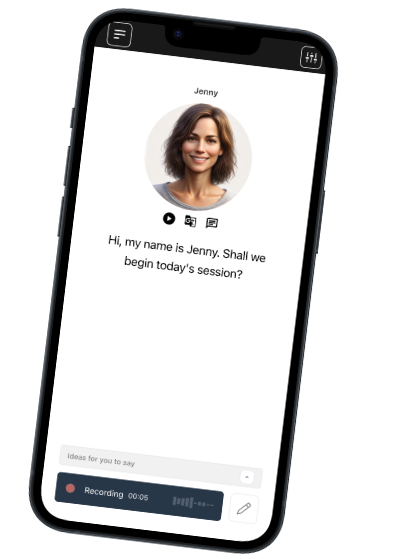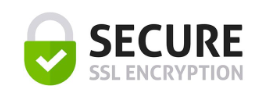Founded in Denmark. We respect your privacy.
Join a worldwide community of language learners
Nasal Vowels in French vs. Nasal Sounds in Portuguese: A Pronunciation Puzzle
Last updated on
Nasal vowels are like ghost notes in music; you don’t always notice them, but when they’re missing, everything feels off. You might think you’re saying ‘pau’ in French or ‘pão’ in Portuguese, but your nose says otherwise. These sounds don’t shout, they hum subtly through your face, and yet they can change the entire meaning of a word with just a little airflow.
If you’ve ever tried to imitate French or Portuguese speakers and felt like something was getting stuck between your nose and your tongue, you’re not alone. Nasal sounds can be some of the trickiest to hear and even trickier to say. They’re not consonants. They’re not typical vowels. They’re… something in between.
But here’s the good news: understanding how nasal vowels work in both languages isn’t about theory, it’s about feel. Once you know where the air goes and how each language uses it, pronunciation starts making a lot more sense.
French Nasals: The Invisible Accent Mark
French nasal vowels aren’t just an accent, they’re part of the meaning. Say them wrong, and you’re not mispronouncing, you’re miscommunicating. Unlike Portuguese, where nasalization is often blended, French treats nasal vowels as standalone sounds, like /ɑ̃/ in sans or /ɔ̃/ in nom. They’re crisp, airy, and oddly have nothing to do with actually pronouncing the final “n” or “m.”
Here’s the twist: that “n” or “m” at the end? You don’t say it. It just signals your nose to get involved. However, many learners slip up by adding a full “ng” sound or pronouncing the consonant itself, making “bon” sound like “bong” or “pain” like “pang”. Native speakers will hear the difference immediately.
Think of French nasal vowels as vowels that gently float through your nose, not ones that drag a consonant with them. Getting this right means you’ll sound smoother, clearer, and unmistakably French.
Portuguese Nasals: Where Vowels Catch a Wave
If French nasal vowels are neat and trimmed, Portuguese nasal sounds are more like a flowing tide, blending, bending, and riding the rhythm of the word. Especially in Brazilian Portuguese, nasalization often sneaks in through diphthongs and word endings, shaped more by melody than strict rules.
The most common forms? Look for ão, ãe, õe, em, and in. And here’s the trick: when a vowel is followed by “m” or “n,” you don’t pronounce the consonant at all. Instead, it nasalizes the vowel before it. That final “m” in sim doesn’t close your lips; it lifts the vowel through your nose.
Compare pão (bread) to pau (stick) or sim (yes) to si (if). Feel that difference? Portuguese nasal sounds are less sharp, more airy, and often swirl into your facial muscles instead of punching out through your mouth.
Training Your Tongue and Ears for Two Languages
Switching between French and Portuguese nasal sounds is like learning two dance styles to the same music; it’s easy to mix up if you’re not paying attention. But with the right habits, you can train your brain (and face) to tell them apart clearly.
Here’s how to stay sharp:
- Contrastive Listening: Play audio clips of similar words in both languages (e.g., pau vs pão). Notice not just the sound, but the shape of the vowel.
- Record & Review: Speak out loud and play it back. Are you sneaking in an “n” where there shouldn’t be one? Be your own pronunciation coach.
- Don’t Trust the Spelling: French and Portuguese spelling don’t always match pronunciation. Use your ears, not your eyes, to guide how it should sound.
Takeaway
Nasal sounds might seem like small details, but they carry a lot of weight in how you’re heard and understood. Mix them up, and you’re not just mispronouncing, you’re changing the message entirely.
The key isn’t perfection, it’s awareness. The more you compare, listen, and speak with feedback, the faster you’ll build control. Whether you’re learning French, Portuguese, or both, nasal training isn’t just about the nose. It’s about rhythm, feel, and confidence.
And if you want help that listens back? Tools like Talkio make it easier to hear the difference and fix it in real time.
Talk Your Way
to Fluency

Talkio is the ultimate language training app that uses AI technology to help you improve your oral language skills!
Try Talkio


